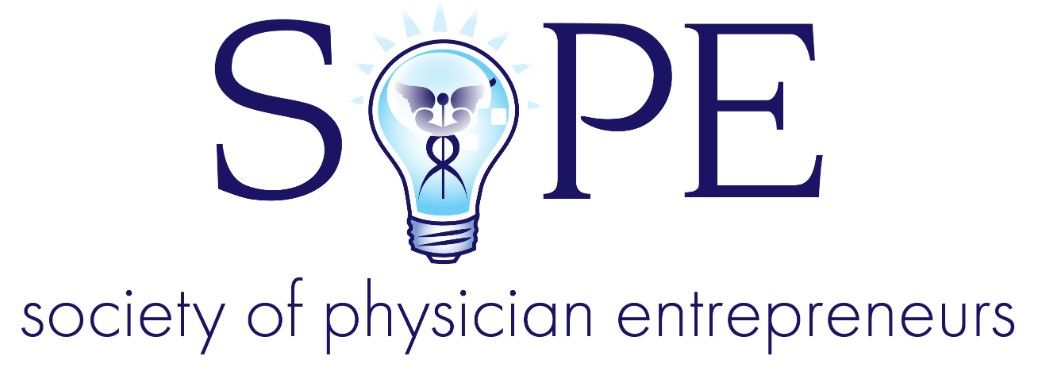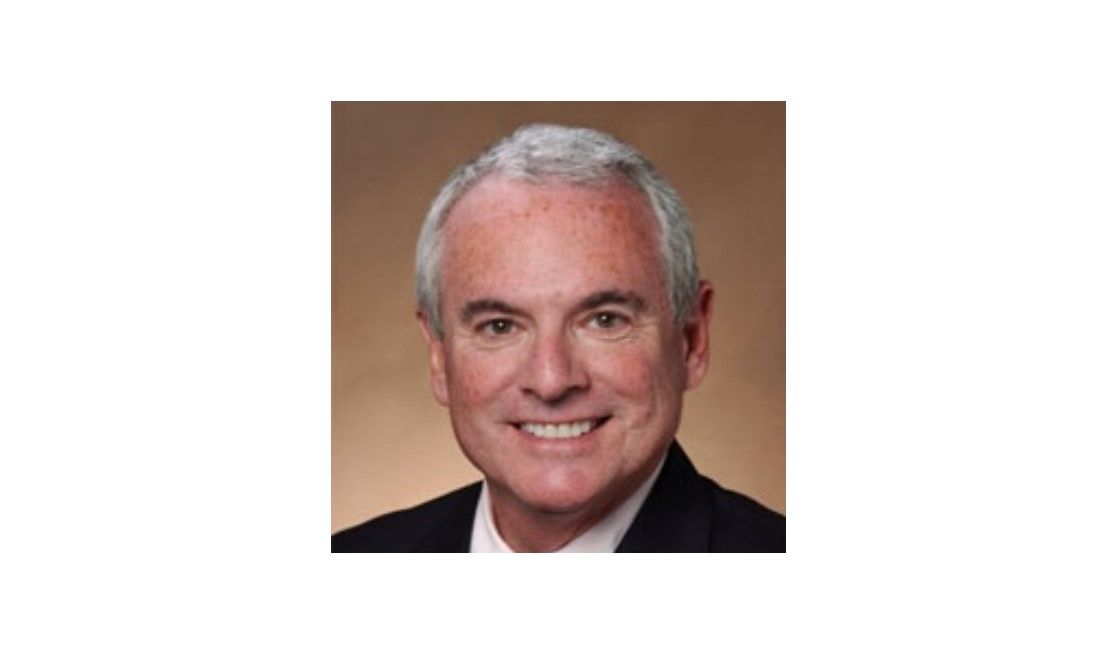Interested in starting your own entrepreneurial journey but unsure what to expect? Then read up on our interview with Arlen Meyers, MD, MBA, President and Co-Founder of Society of Physician Entrepreneurs, located in Denver, CO, USA.
What's your business, and who are your customers?
The Society of Physician Entrepreneurs (SOPE) is a global, open, non-profit biomedical and clinical innovation and entrepreneurship network. You do not have to be a healthcare professional to join. Our members include entrepreneurs, investors, service providers, and others interested in getting their ideas to patients or helping someone who is.

Tell us about yourself
I'm frequently asked, "So, what's your story?. Did you ever think you'd wind up where you are now?" (Spoiler alert: Sort of) In case you missed taking English Lit in college, most stories and novels have to do with person v person, person v nature, or person v themselves. The English final usually had some sort of question, roughly translated as "How does the main character/protagonist change or grow?"
Of course, this is the stuff of novels, novellas, and short stories. Nowadays, you have to tell your story on your Linked profile or in a 3-minute YouTube video, particularly if you are pitching your company in front of investors. But, to succeed, you have to tell a story. Since investors buy emotionally and justify rationally like the rest of us, the better the story and the more engaging, the more likely you will get the seed money, they couldn't care less about the details of the sword you are using to slay the dragons.
Here's my career story.
I'm told I was named after the composer who wrote: "Somewhere Over the Rainbow" in 1939, Harold Arlen. As an inner-city kid from Philly, I had several summer jobs...selling newspapers on the Atlantic City beach, busboy, unloading lumber from freight cars, an apprentice plumber on a construction lot, and a sugar boiler for Franklin Sugar inside of a stifling hot plant on the Delaware River and packing gelatin capsules in my father's corner drug store in an urban neighborhood. I played sandlot baseball but never made the starting lineup. I wore #44 on my Monteray Braves Uniform.
Yes. I had a pet dog, but how many cat and dog videos can we all watch?
I attended an all-boys magnet public high school that my father and several uncles attended. Central, the second-oldest continuously used public high school in the United States, was founded in 1836 and is a four-year university preparatory magnet school. I went to a small liberal arts college because my "premed advisor" told me students had a good track record getting into medical school. I majored in biology because I was told that's what medical schools wanted, but I was more interested in the social sciences and humanities. The college was the first college created in the new United States after the treaty of Paris ended the Revolutionary War. Its founders, John Dickinson and Benjamin Rush, a colonial physician entrepreneur, described the mission as preparing graduates "to practice the useful arts." Article I, Section 8, Clause 8, of the United States Constitution grants Congress the enumerated power "To promote the progress of science and useful arts, by securing for limited times to authors and inventors the exclusive right to their respective writings and discoveries." Because this clause is also the source of Congress' power to enact legislation governing copyrights and patents, it is often also referred to as the "Patent and Copyright Clause."
Are you getting the picture? Truth be told, I had average talent, lots of opportunity, a whole bunch of luck, and some determination. In retrospect, I guess I hid my innerpreneur while I was busy memorizing a bunch of stuff along the way. After all, medicine is a culture of conformity, not a culture of creativity. In short, I won the ovary lottery and tried not to squander the winnings. Fortunately, I was accepted to medical school and did a residency in otolaryngology (ear, nose, and throat surgery). By the time I completed my residency, the Vietnam War was over.
My father was a WWII vet (US Army Air Corps meteorologist stationed in Karachi), pharmacist, and instructor in a pharmacy school. My mother was a housekeeper and part-time amateur artist, both of whom were the children of Eastern Europe immigrants. Their early days were hard, and the foreign language jokes were part of the family lore. Eventually, my older sister and I were able to translate the punchlines. I was recruited out of my residency to be on the faculty at the University of Colorado School of Medicine, where I spent 40 years as an academic surgeon, spending part of those years in private practice, community hospitals, safety net hospitals, the VA, and the Indian Health Service. The missions were teaching, research, development, patient care, and community service.
I graduated with an MBA in 1984 and was the only healthcare professional in my class. The Wall Street Journal seemed increasingly more interesting to me than the New England Journal. During that time, I was part of a team that invented a device that optically detected superficial cancers of the mouth and the aerodigestive system. I had no clue what to do next to get it to patients, and no one seemed interested in teaching me. So, the challenge sent me on the less traveled road, i.e., innovation, entrepreneurship, and technology commercialization. I developed some ideas as a National Library of Medicine fellow, a Harvard-Macy Fellow (for physician educators trying to launch a project), and a Fulbright Scholar working at King's Business, the technology commercialization office of Kings College London.
Along the way, I founded or co-founded several companies and several educational initiatives, including a global biomedical and clinical innovation and entrepreneurship network. Most of them failed. I figure my season record is 2-1-2. I still can't hit the curve ball. The next exit on the biomedical innovation highway took me to where I am now. The missions are teaching, research, development, consulting, and community service. Now I do company and founder care instead of patient care and serve on non-profit and for-profit boards, consulting, and advisory roles. So, what's next? Well, that's another story, and I still have no clue. What's your story?
What's your biggest accomplishment as a business owner?
Helping our members get their ideas to patients to improve global care outcomes.
What's one of the hardest things that comes with being a business owner?
Staying focused and knowing when to pull the plug on your idea.
What are the top tips you'd give to anyone looking to start, run and grow a business today?
- Make it personal but don't take it personally.
- Entrepreneurs need mindset, means, and motivation.
- Test your business ideas. You never know how someone will use your product.
Where can people find you and your business?
Website: https://sopenet.org/
Facebook: https://www.facebook.com/Sopenet
Twitter: https://twitter.com/SoPEOfficial
LinkedIn: https://www.linkedin.com/in/ameyers/
If you like what you've read here and have your own story as a solo or small business entrepreneur that you'd like to share, then please answer these interview questions. We'd love to feature your journey on these pages.
Turn your craft into recurring revenue with Subkit. Start your subscription offering in minutes and supercharge it with growth levers. Get early access here.
